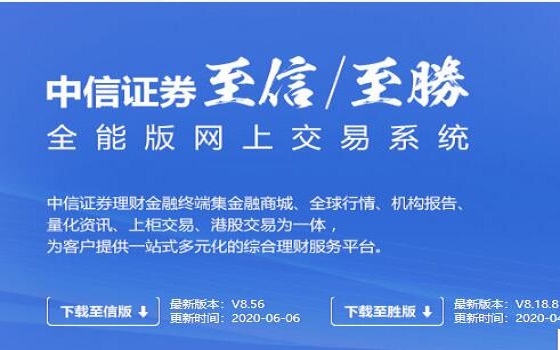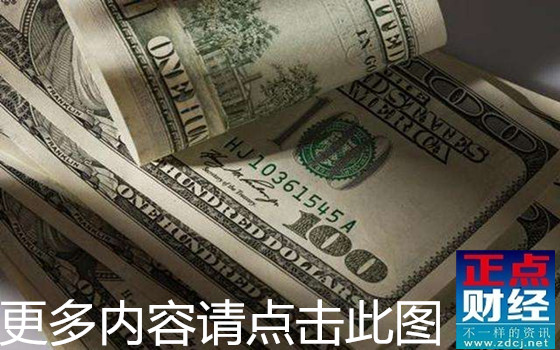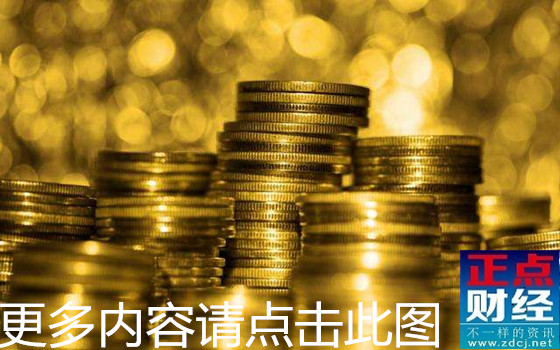Thailand economy:Grinding export recovery
The Bank of Thailand reported stronger growth for the Thai economy inSeptember vs August, led by government spending and exports. For the thirdquarter, the BOT commented that expansion was supported by governmentspending and steady growth in private consumption, noting improvement infarm incomes after the drought, recovery in exports and continued growth intourism. Meanwhile private investment and construction remained areas ofweakness. While the publication of 3Q16 GDP numbers from the NESDB willfollow next month, we view the data through September as broadly consistentwith our forecast assumption of 3.0% YoY real GDP growth for 3Q16.
Stronger expansion MoM. The BOT reported that the Thai economyexpanded faster in September vs August. Further recovery in exports andstrong government spending to close out the fiscal year to September 2016were the main drivers. However, private consumption growth slowed MoM,and private investment remained weak.
Private consumption grew 2.5% YoY in September vs 3.4% in August,based on the BOT’s private consumption index. For 3Q16, growth at 3.1%was down from 3.9% in 2Q16, which was boosted by several one-off factors.
Private investment remained weak; however, the BOT’s private investmentindex shows an improving trend to a decline of just 0.1% YoY in Septembervs a decline of 0.6% in August as imports of capital goods in export-orientedmanufacturing sectors increased. In contrast, construction indicatorscontinued to show substantial declines. Private sector credit growth wasunchanged at 4.0% YoY (loans to businesses +2.6%, households 4.9%).
External accounts showed further signs of a nascent recovery inmerchandise exports, led by electrical appliances and electronics (attributedto the production of new smartphone models), with growth also in chemicalsand food & beverages. The trade surplus increased MoM; however, thecurrent account surplus declined due to a deficit on the services account asthe government’s tighter regulation of Chinese ‘zero-dollar’ tours started tohave an impact. (Tourist arrivals grew 18% YoY from a low base inSeptember 2015.) The balance of payments moved to deficit due to a largeintra-company loan repayment and overseas investment by Thai foreigninvestment funds (FIFs).
Monetary policy was unchanged, with the BOT policy rate at 1.50%. CPIinflation was 0.38%, and core inflation 0.75%.
Fiscal policy remained supportive, with strong increases MoM in bothgovernment current and capital expenditures, to close out the fiscal year.
- ·2019年9月财政数据点评:支出大幅增长 基建投向分化 2019-10-18
- ·9月&3季度经济数据点评:9月我国工业增加值表现回暖 2019-10-18
- ·9月经济数据点评:6%的信号 2019-10-18
- ·2019年9月主要经济数据点评:下行压力释放 未来企稳可期 2019-10-18
- ·宏观研究:GDP6.0后的政策抉择 2019-10-18
- ·九月房地产投资数据分析:投资回落趋缓 销售趋于好转 2019-10-18










